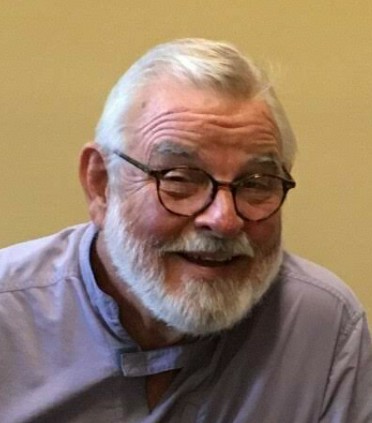By Blaney Pridgen
All writers in Op Ed are here to inform and acknowledge issues of importance to our communities, however these writings represent the views and opinions of the authors and not necessarily of The Advertiser.
I have had friends who love science fiction, and I am still friends with them. The conjunction is oxymoronic in my mind. The love of science fiction says a lot about the reader, which is a bit embarrassing, sort of like the love of apocalyptic literature, which is also embarrassing. The love of such writing is about what has already happened to a reader, more so than what the author thinks could happen down the road. Embarrassing. If one must read this, keep it in a brown paper wrapper, especially on the beach where there are children and impressionable Canadians.
Then, there is the romance novel, commonly called “bodice rippers.” Discovering these books among friends is very embarrassing, like finding a stack of old “Playboys” in your uncle’s closet. I find the artistic endeavors on the covers somewhat interesting, like old cigarette ads from the 50’s. The reason romance novels are always paperback is so the reader can quickly tear off the cover before reading. The experienced housewife puts them in the empty soup can in the kitchen trash under the wine bottles.
Every now and then, I come across readers of historical fiction and biographies, which are almost the same thing. I have respect for such reading. They bring color to flat-out history, like a Ken Burns documentary. In fact, they may be closer to fact than the history books we endured in our schooling. I managed to get through three-fourths of Walter Edgar’s History of South Carolina. That got me up to the part of our history which I would rather not savor in such depth.
Then, there is fiction as in the plain old novel. It seems to me that there are three basic kinds of novels according to the craft of the author. A first author is mostly concerned with the story and not depth characterizations. This one tends to spend a lot of time (too much time) describing nature, landscapes, and sunsets, while the people are two-dimensional. A second writer is concerned with the characters in shallow stories. A third writer, that only English majors like, grind away at the craft of the novel, how it is written and the “novelties” the construction pursues. Few novelists are good at all three. Another South Carolinian, Pat Conroy, comes to mind. Readers of novels tend to find the kind of writer they like best, which says as much about them as it does about the novel or the writer. If I were a psychoanalyst, the first question I would ask a client is, “What do you read?” The client’s miseries with mom and dad are in between the lines of books on the nightstand. If the client is not a reader, then I would ask questions about potty training.
I have saved the so-called classics for last. Aren’t we always a little impressed when we discover someone who reads Dostoevsky or Faulkner for fun? I am. Even if someone hasn’t really read Shakespeare in years, I am impressed if they have memorized quotes from the plays in Bartlett’s. Same is true for someone who quotes the Bible, even if their point is totally out of historical context or any knowledge of what the whole book says. These too say as much about the reader as the writer.
Children will ask if a story is true. “Did that really happen?” This might be a book or a movie or some tall tale the uncle told. A good answer is, “If it didn’t really happen it should have (or could have).” A better answer is, “All good stories are true even if they didn’t happen.” Children have a way of getting this. Most adults don’t.

